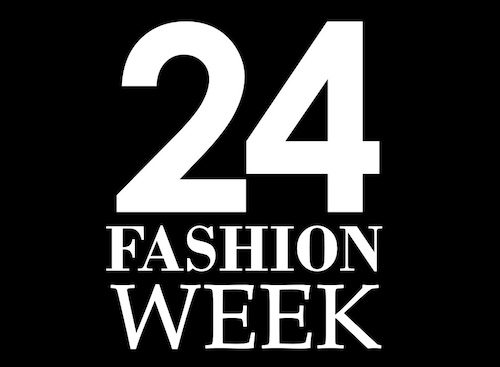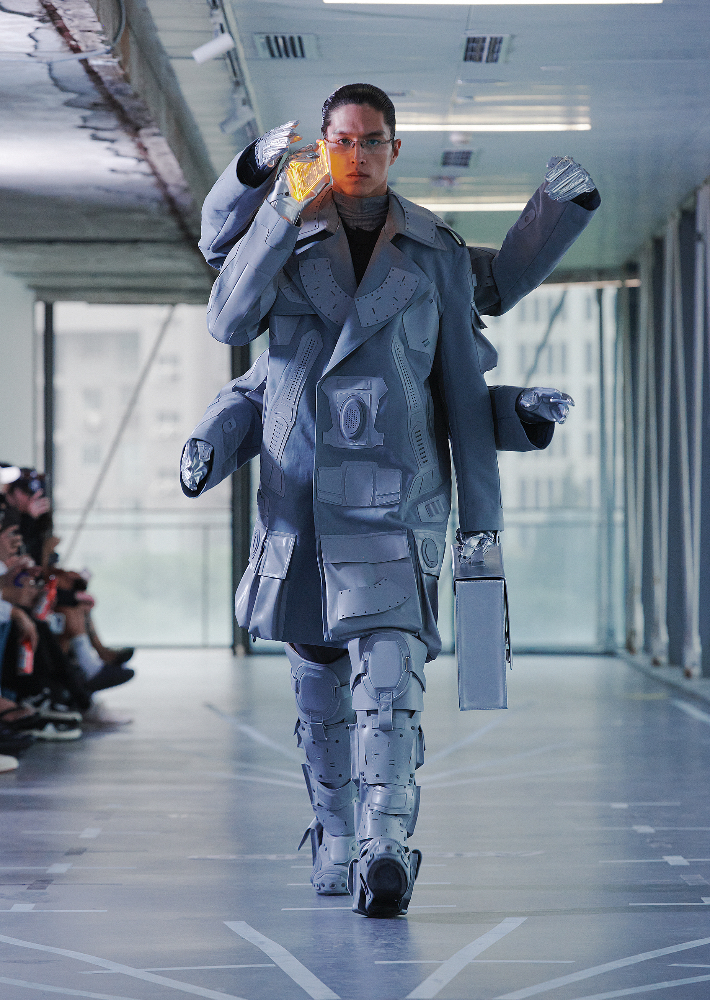XANDER ZHOU SS24 & PRO
Collection A.I.VOLUTION
In the 1993 VISION-21 Symposium sponsored by NASA Lewis Research Center and the Ohio Aerospace Institute, mathematician, computer scientist and science-fiction writer Vernor Vinge delivered a speech titled The Coming Technological Singularity: How to Survive in the Post-Human Era. Within thirty years, we will have the technological means to create superhuman intelligence. Shortly after, the human era will be ended, so Vinge prophesied at the beginning of his speech.
The concept of the technological singularity was first introduced in the 1950s by John von Neumann. Observing the historical trajectory of technological advancements, he pointed out the accelerating pace of its progress, and theorized that humanity was approaching a pivotal moment that could transcend existing technologies and even human civilization itself. From the moon landing to recombinant DNA, from the advent of the internet to the deployment of GPS, the world indeed witnessed rapid advancements in aerospace, biomedicine, computer technology, and telecommunications over the subsequent four decades. However, when Vinge cited the term technological singularity in 1993, he offered an interpretation distinct from von Neumanns.
Vinge propounded that the key driving force behind the arrival of the technological singularity is not the human- driven technological advancements witnessed in the 20th century, but superhuman intelligence entities capable of autonomous design and improvement, propelling technological progress at an exponential rate. When greater-than-human intelligence drives progress, that progress will be much more rapid. In fact, there seems to be no reason why progress itself would not involve the creation of still more intelligent entities on a still-shorter time scale, he continued. The best analogy that I see is with the evolutionary past: Animals can adapt to problems and make inventions, but often no faster than natural selection can do its work the world acts as its own simulator in the case of natural selection. We humans have the ability to internalize the world and conduct what ifs in our heads; we can solve many problems thousands of times faster than natural selection. Now, by creating the means to execute those simulations at much higher speeds, we are entering a regime radically different from our human past.
Artificial Intelligence (AI) and Intelligence Amplification (IA), according to Vinge, are two approaches to achieving superhuman intelligence. While AI aims to create machines with human-like intelligence, IA focuses on enhancing human intelligence through better computer networks and human-computer interfaces. Though the idea of IA sounds more mundane than that of AI, he argued that both are important and mutually beneficial fields that can advance each other. Vinge then entertained several scenarios to help his audience picture the various forms of superhuman intelligence. For instance, large computer networks (and their associated users) may wake up as a superhumanly intelligent entity. Or computer/human interfaces may become so intimate that users may reasonably be considered superhumanly intelligent.
If the technological singularity can happen, it will, Vinge mused with an air of melancholy despite his technological optimism. Its coming is an inevitable consequence of the humans natural competitiveness and the possibilities inherent in technology. A celestial waltz spun but once in an epoch, or perhaps only graced upon times vast tapestry at intervals of millennia, the singularity might be cosmic rhythms that unfurl across eons so vast, they elude our mortal grasp. And yet, here and now, XANDER ZHOU SS24 & PRO collection A.I.VOLUTION is ready to pick up the thread that Vinge left us thirty years ago.
Runway Looks
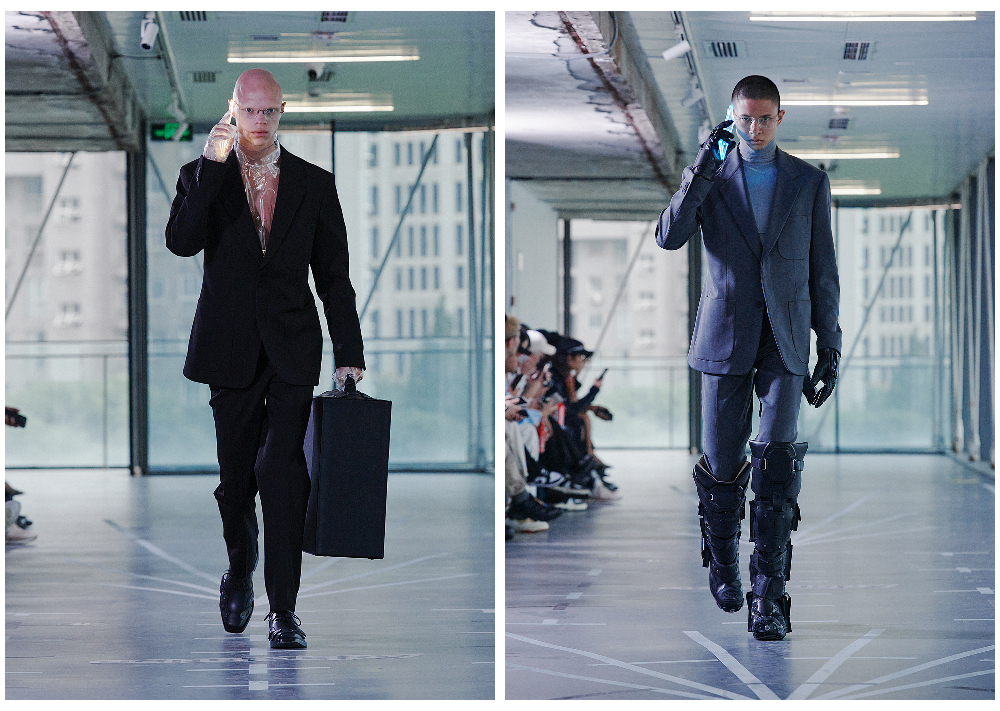
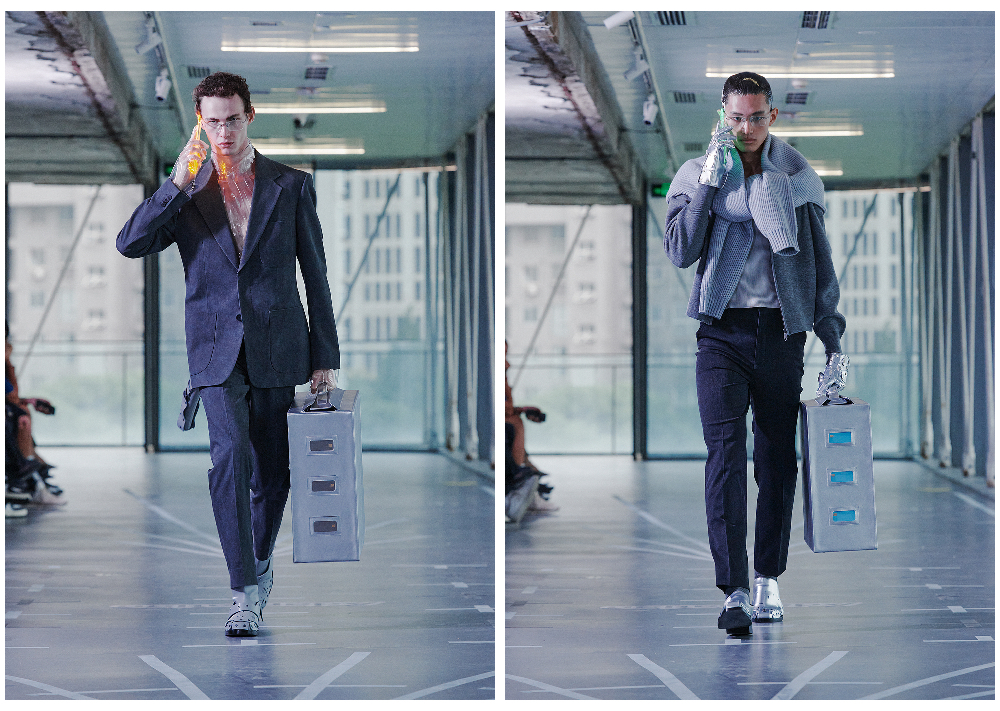
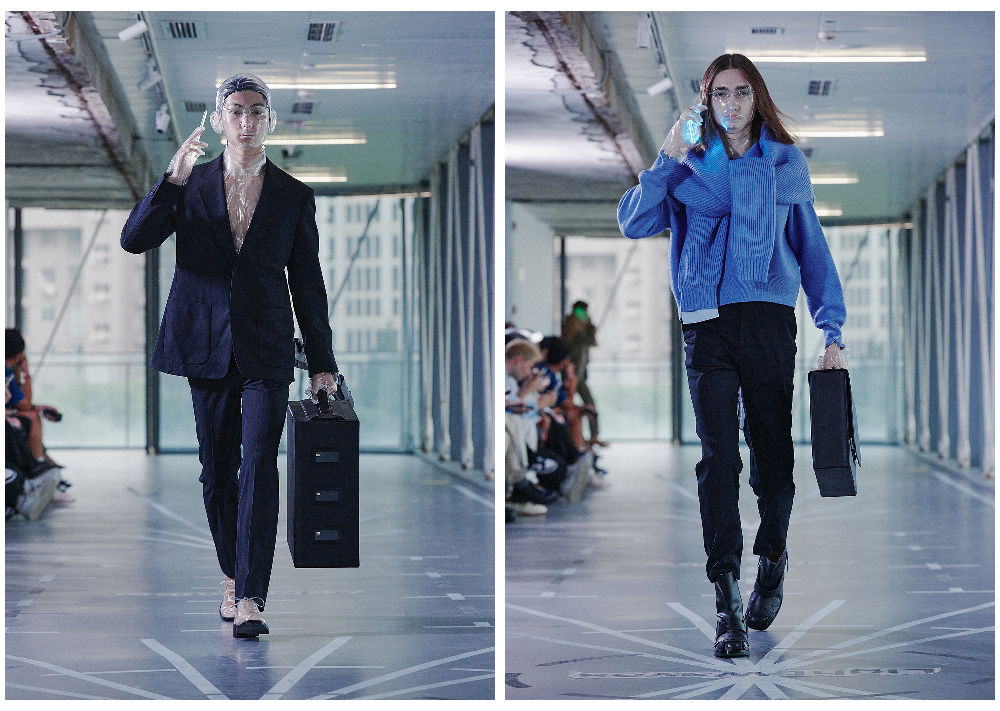
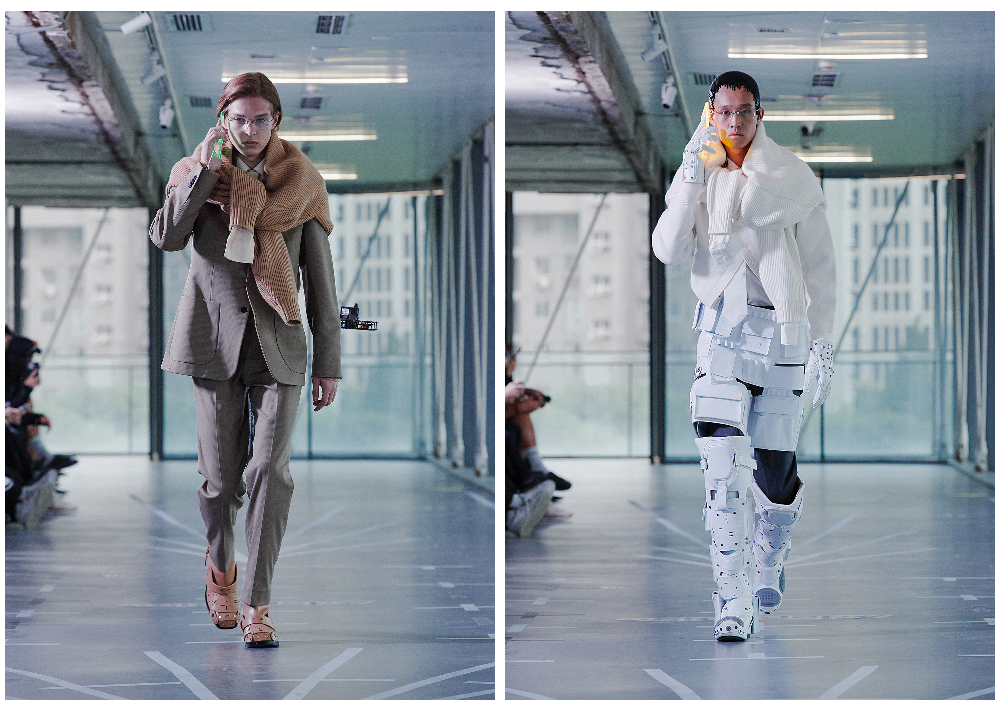
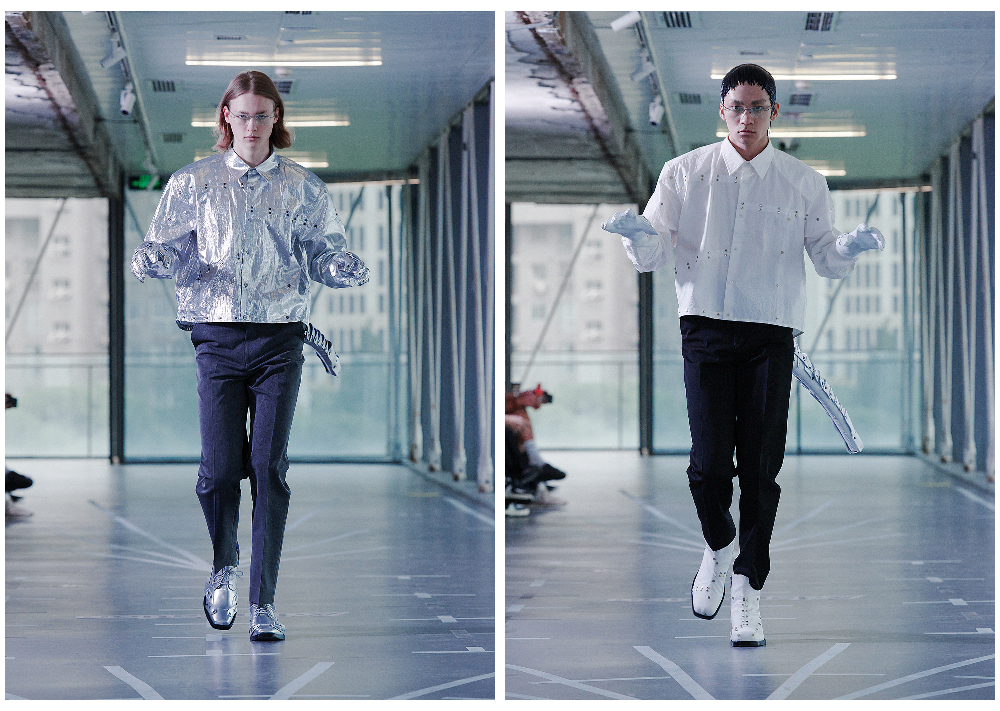
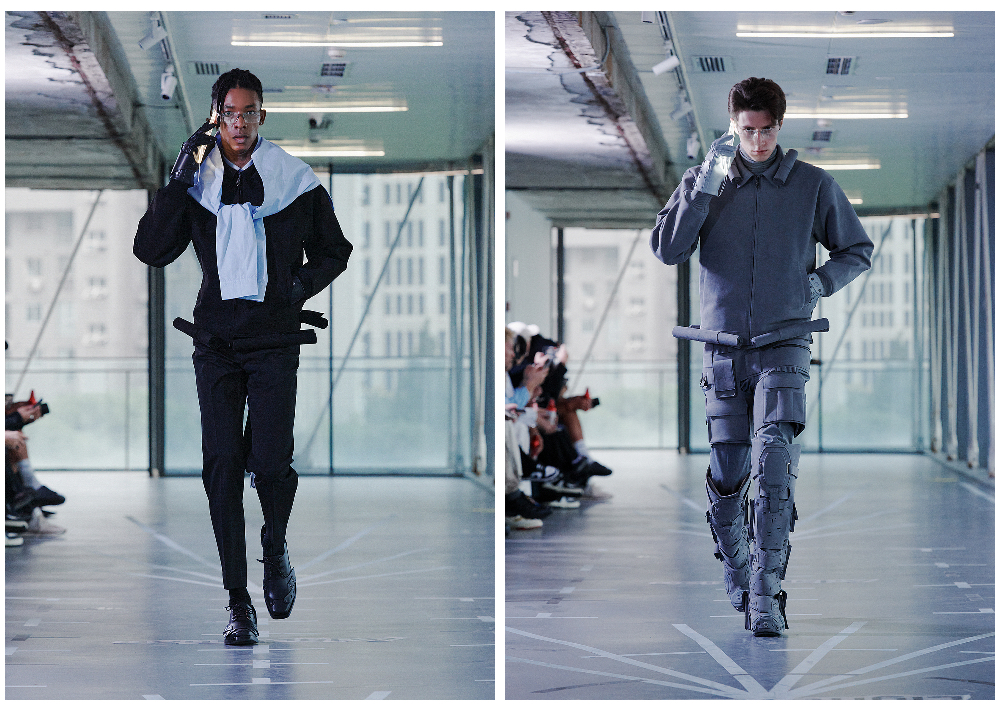
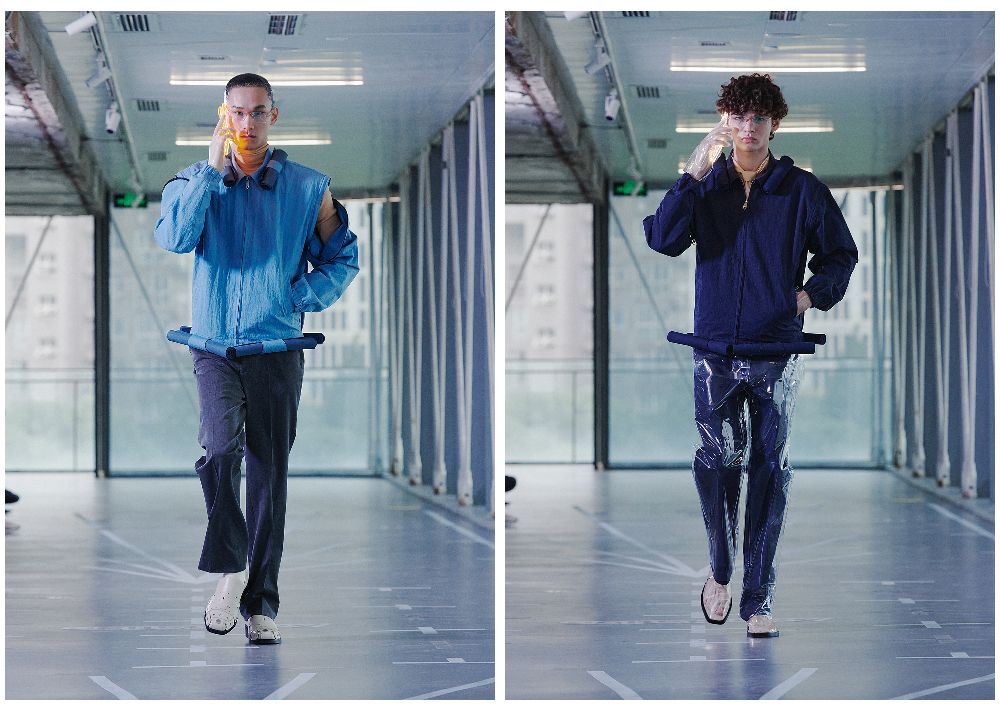
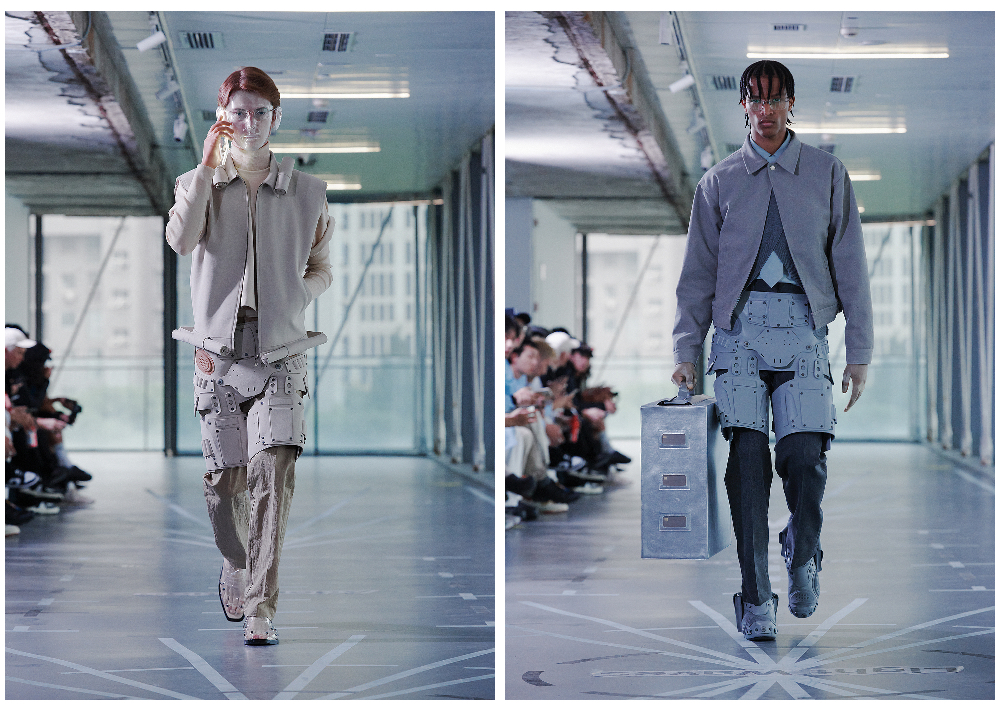
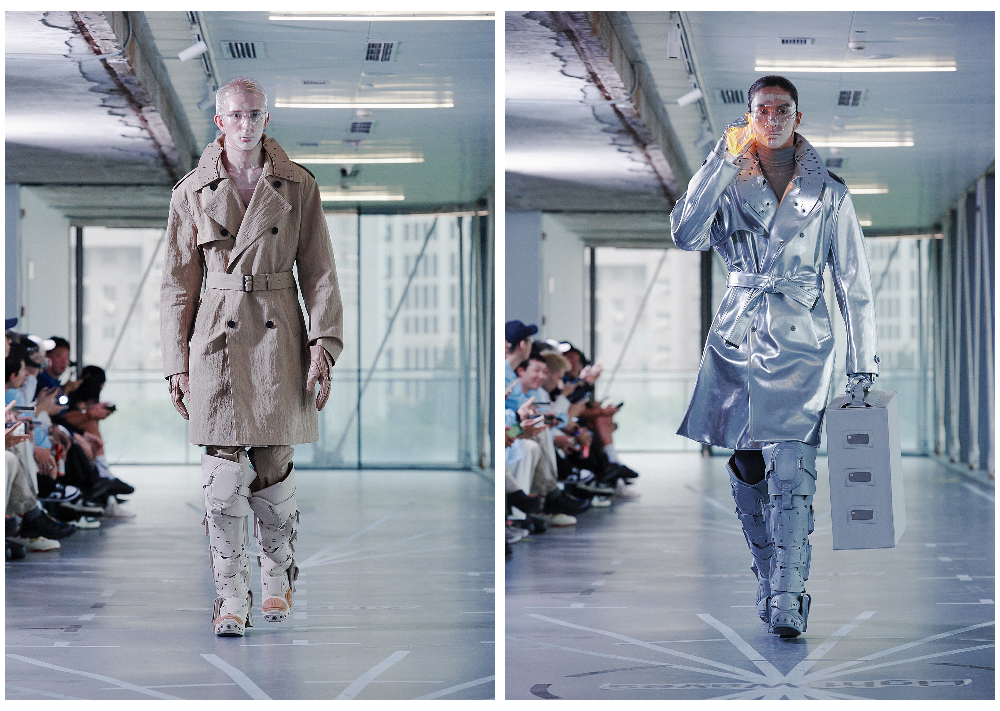
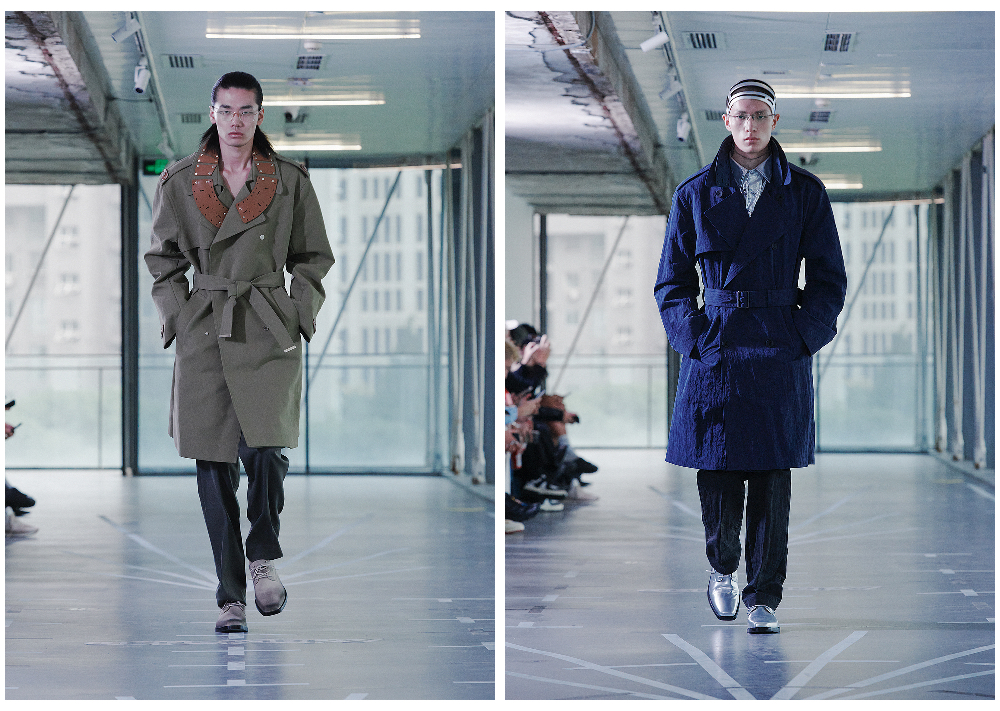
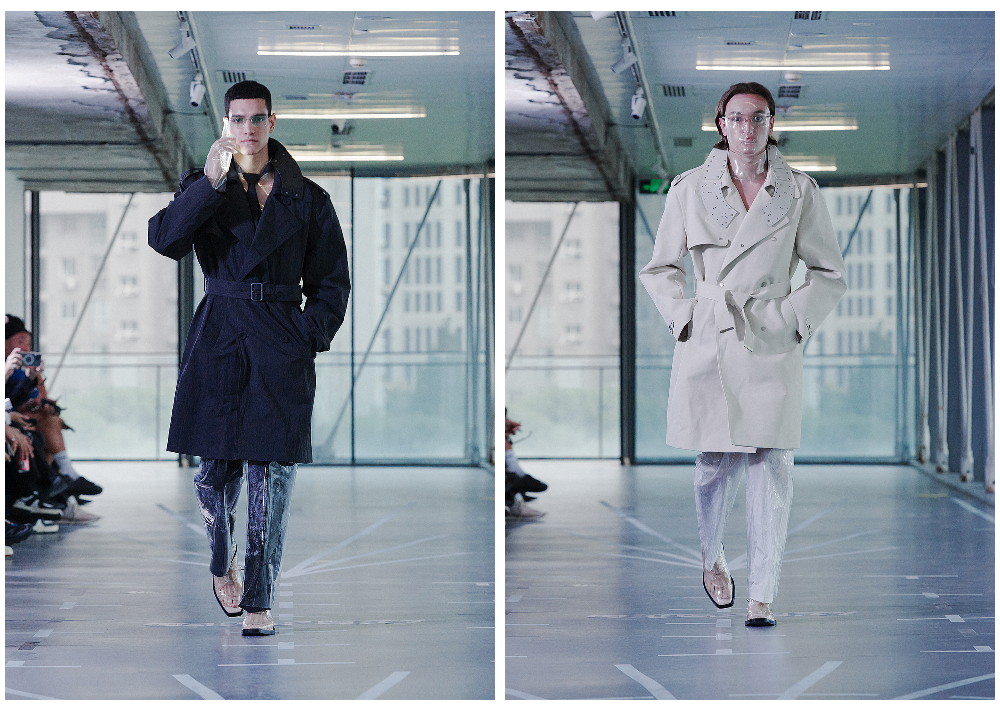
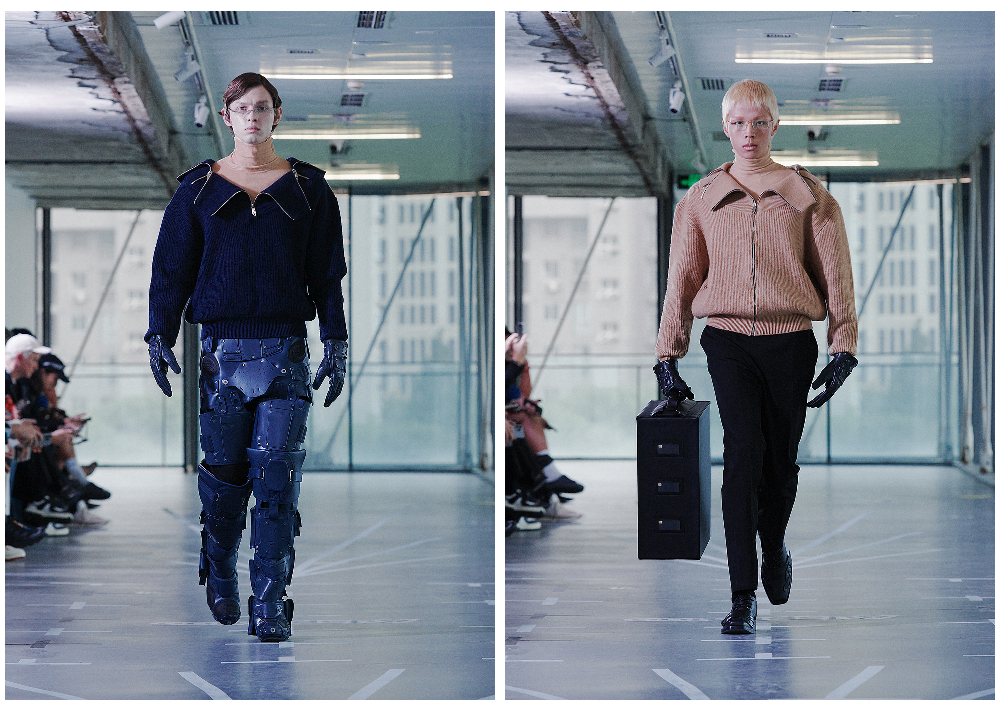
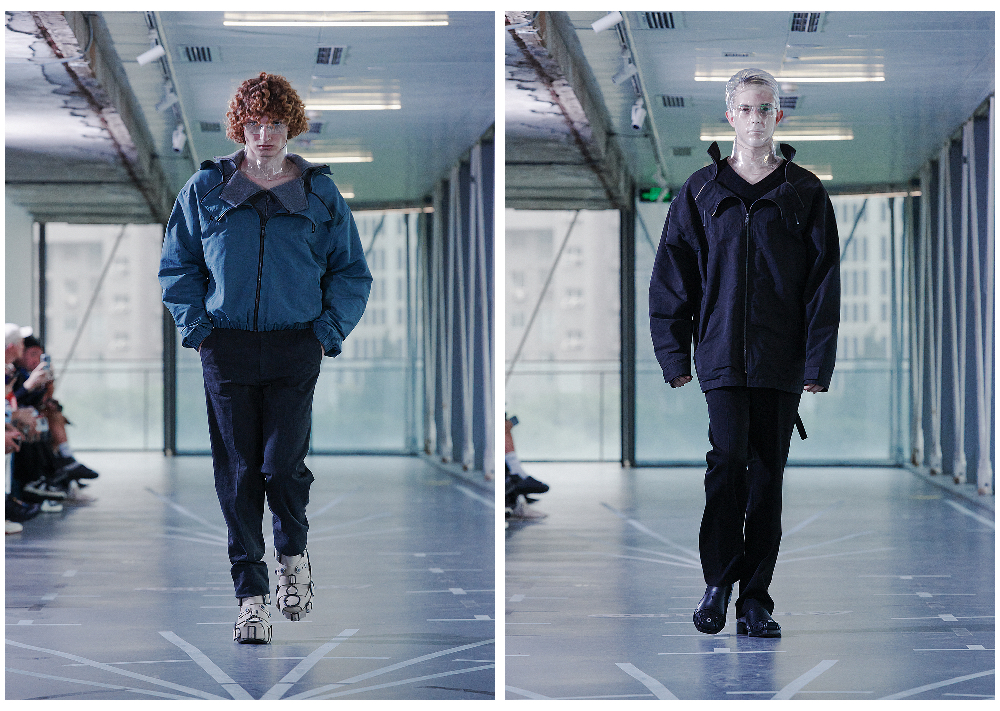
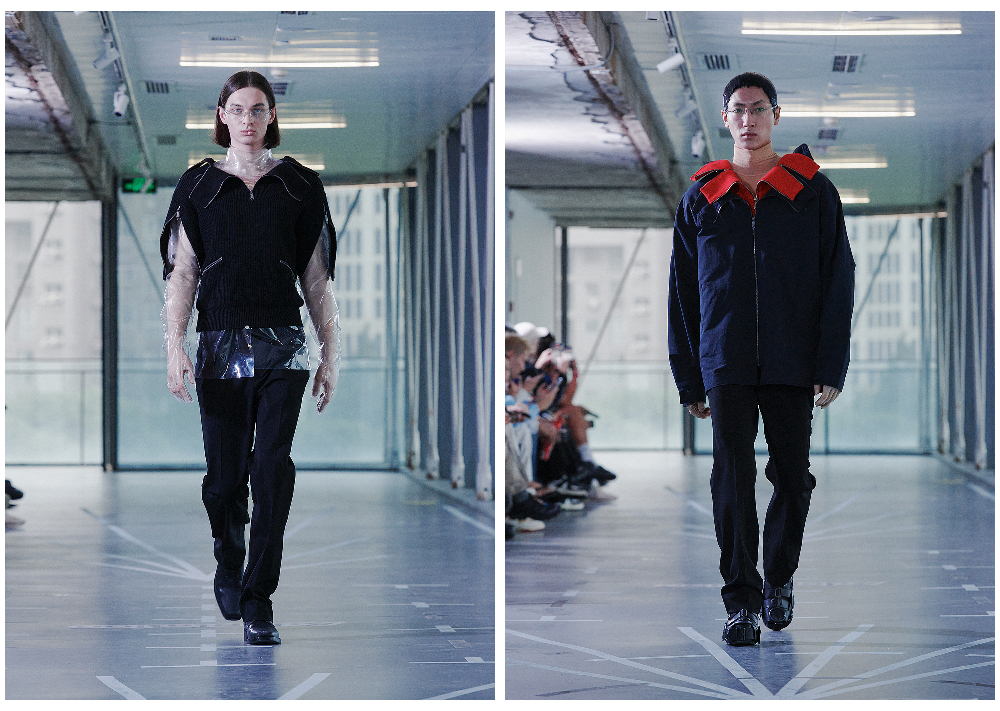
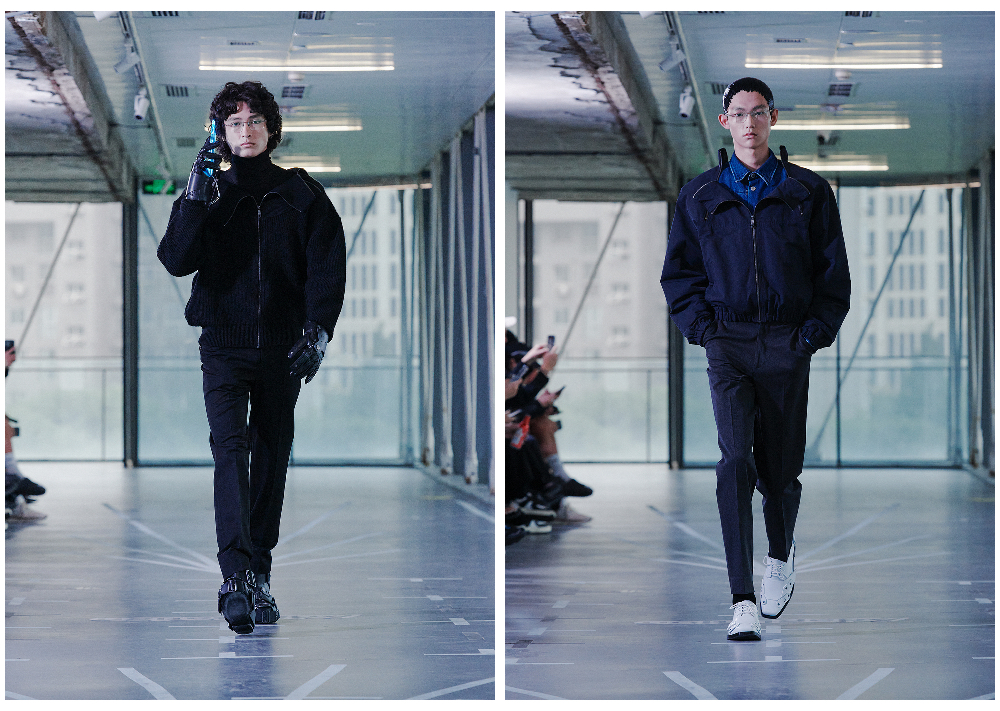
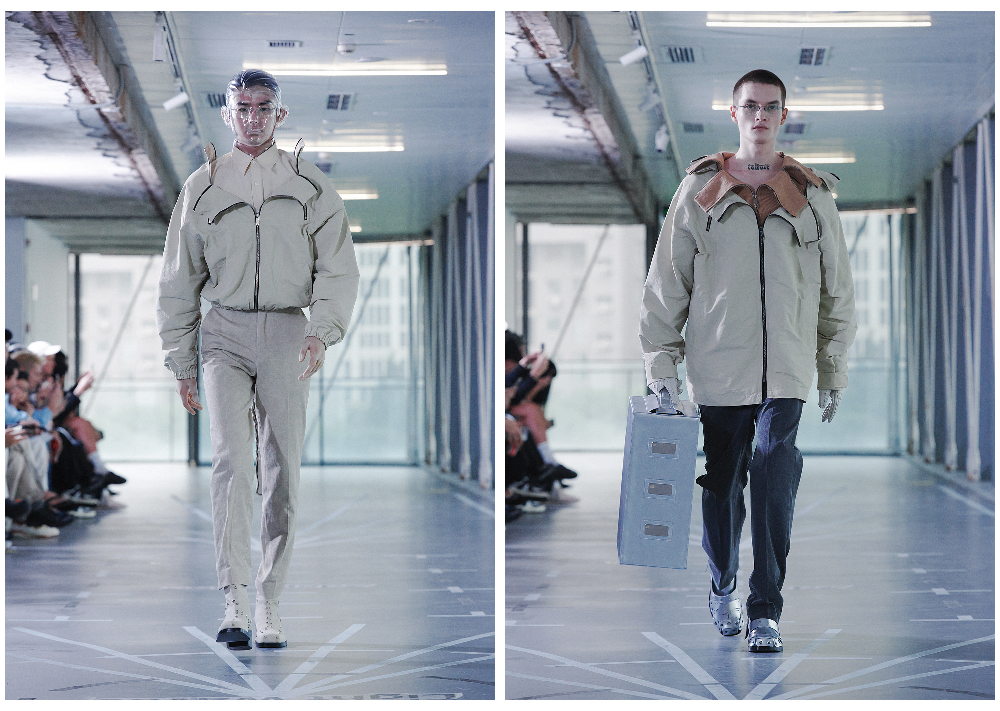
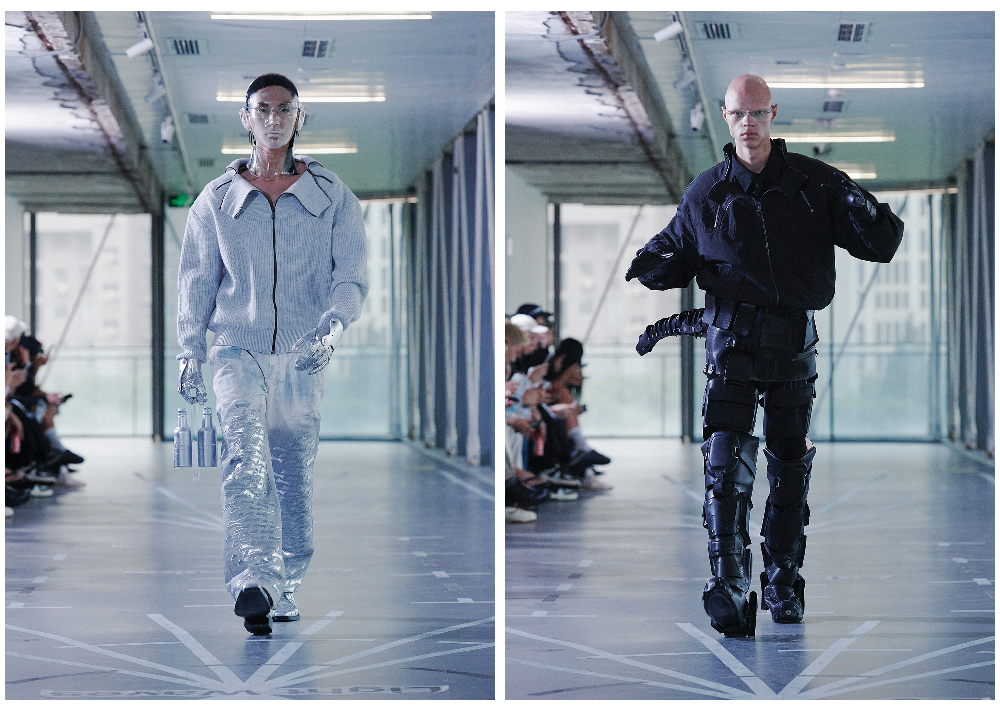
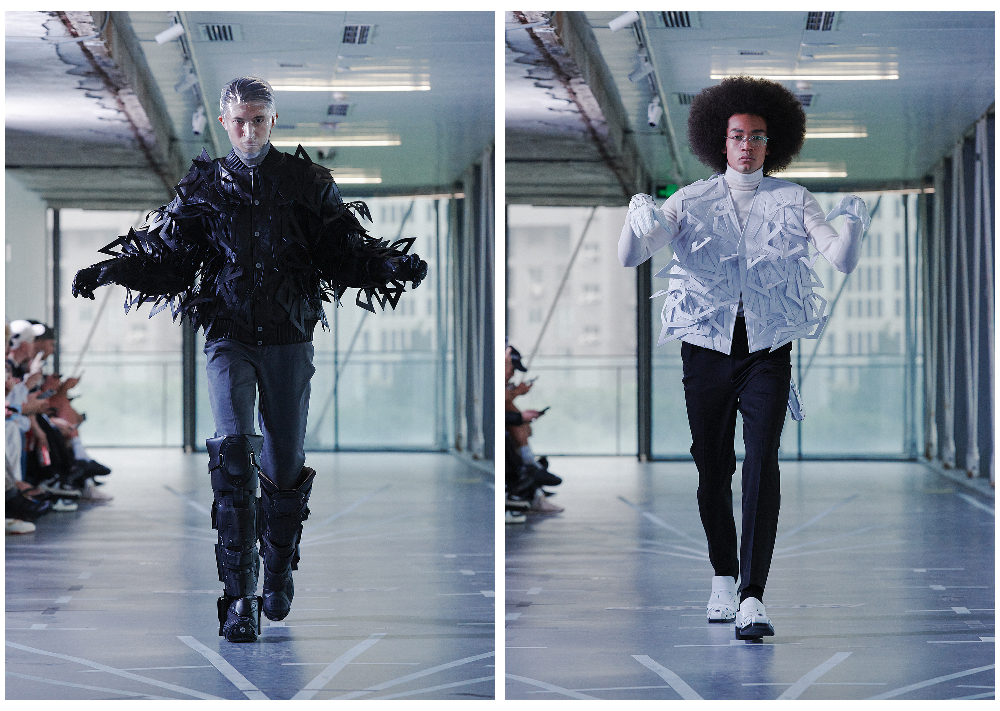
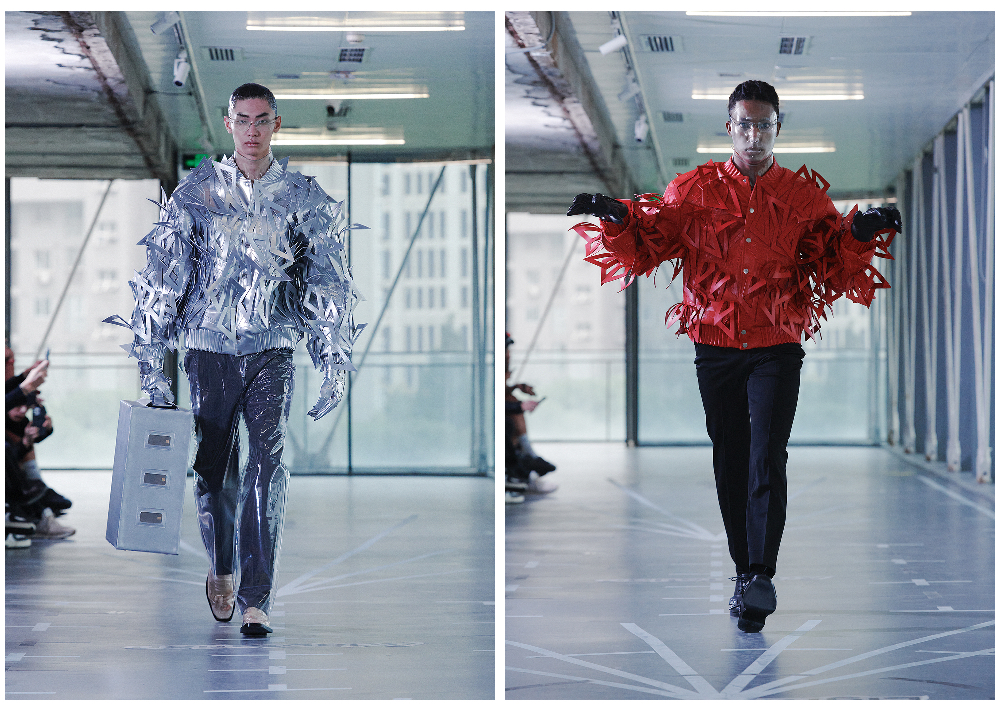
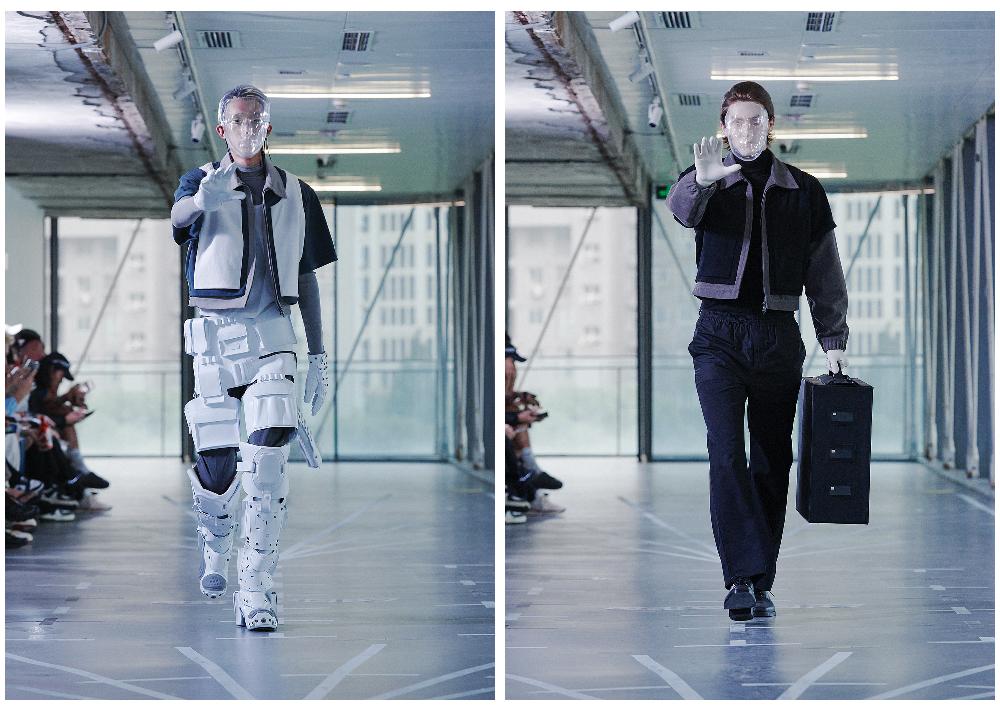
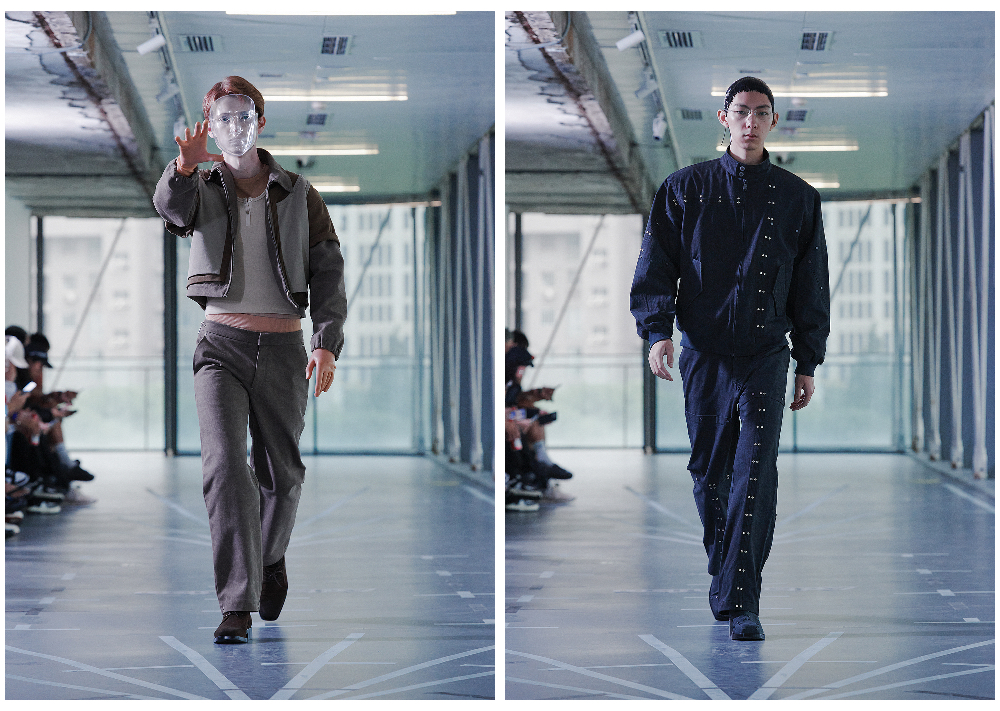

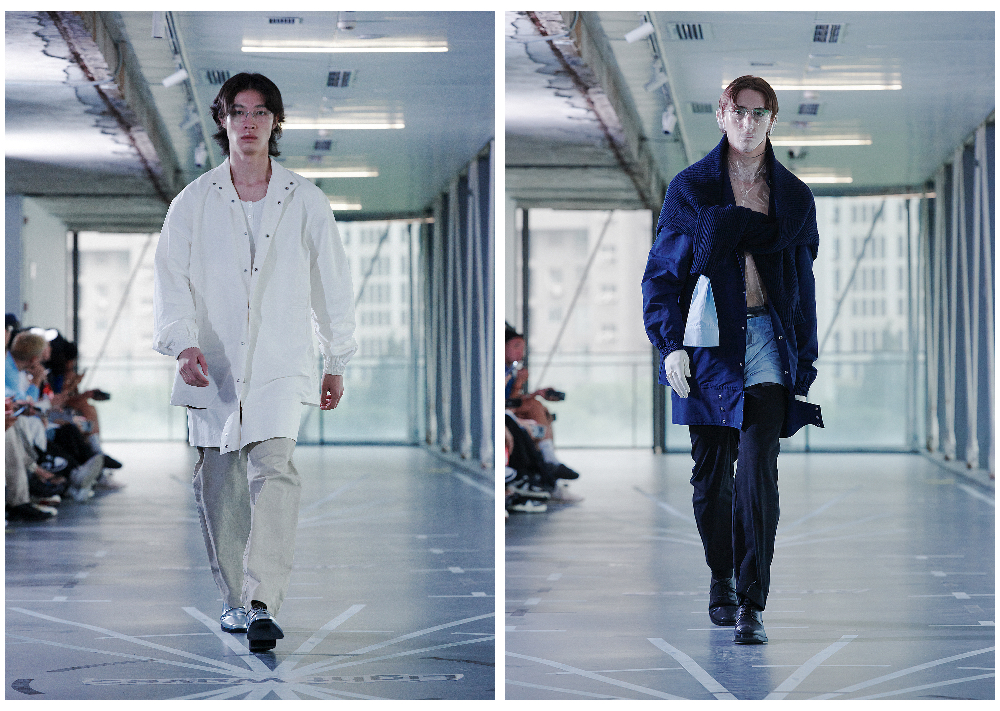
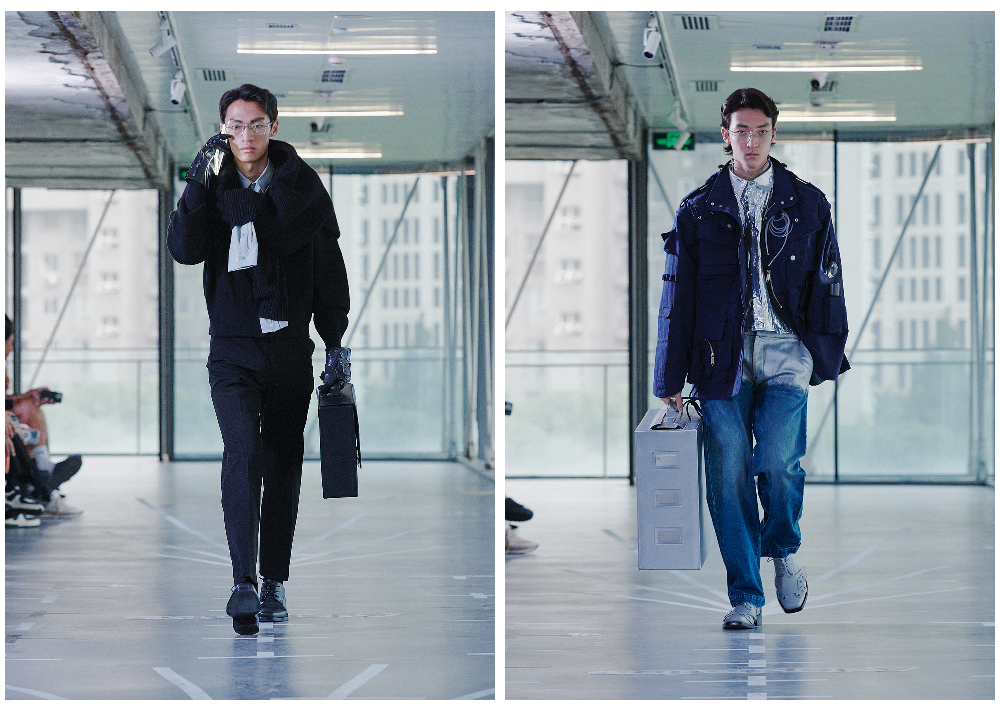
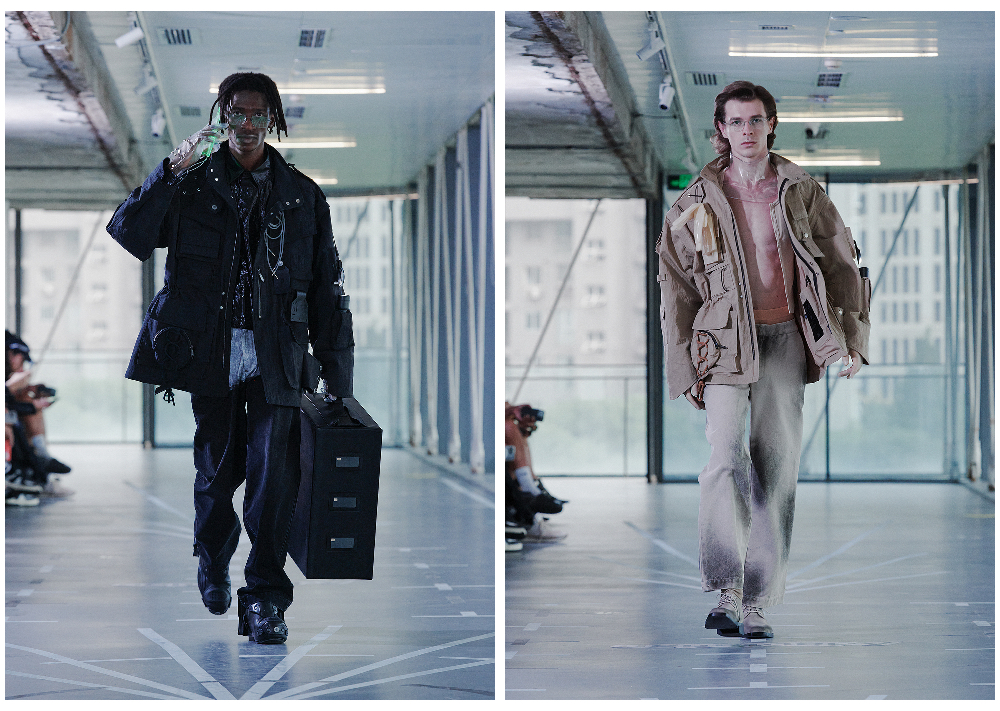
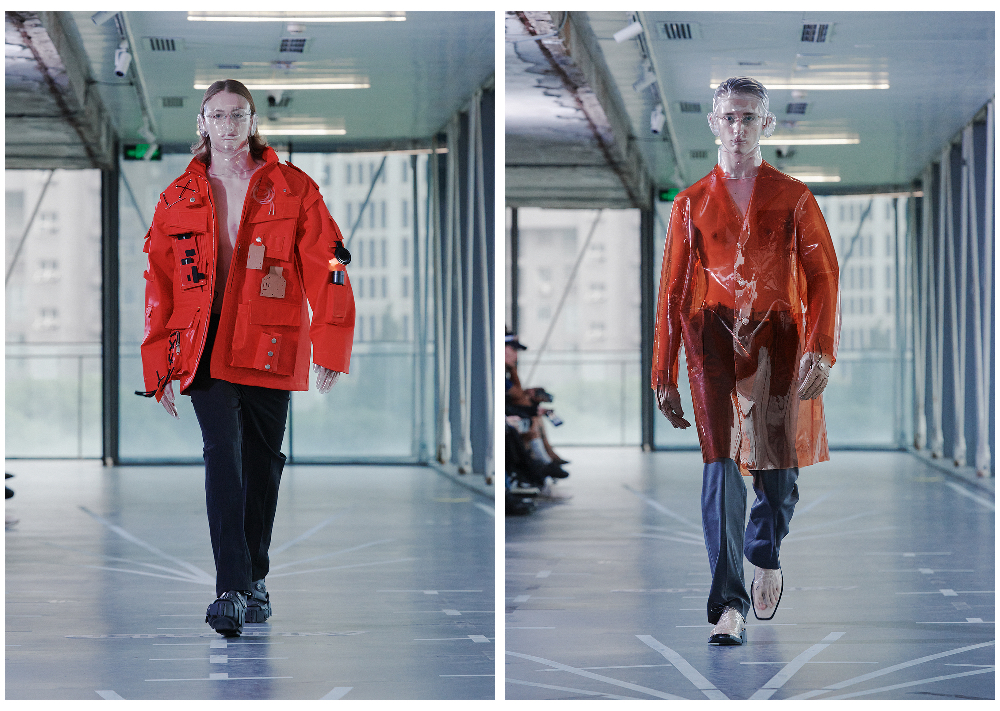
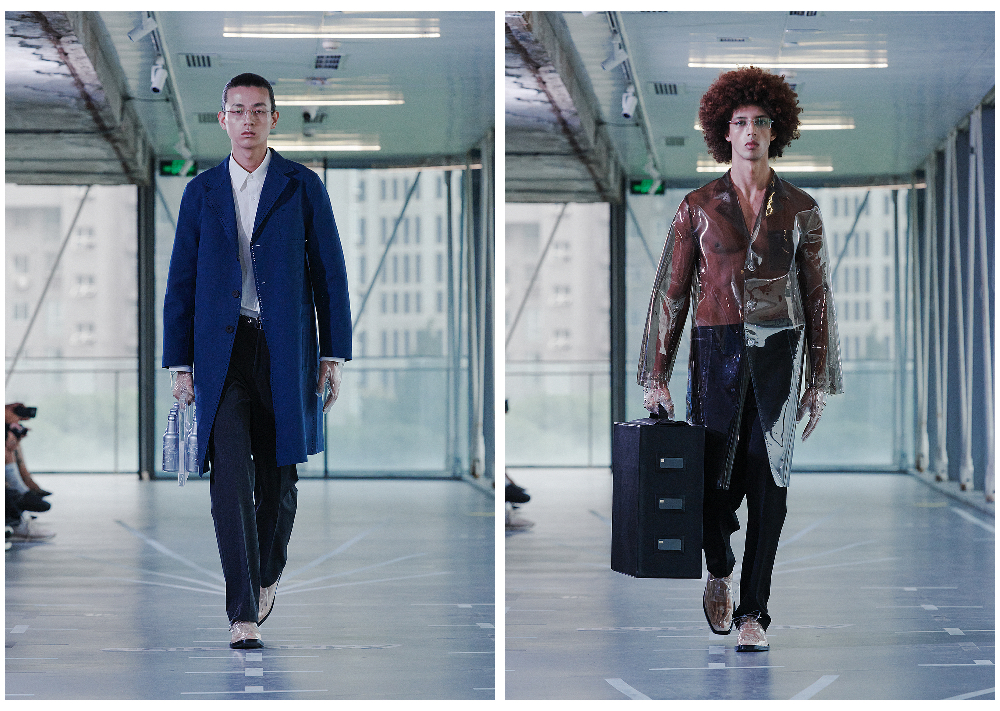
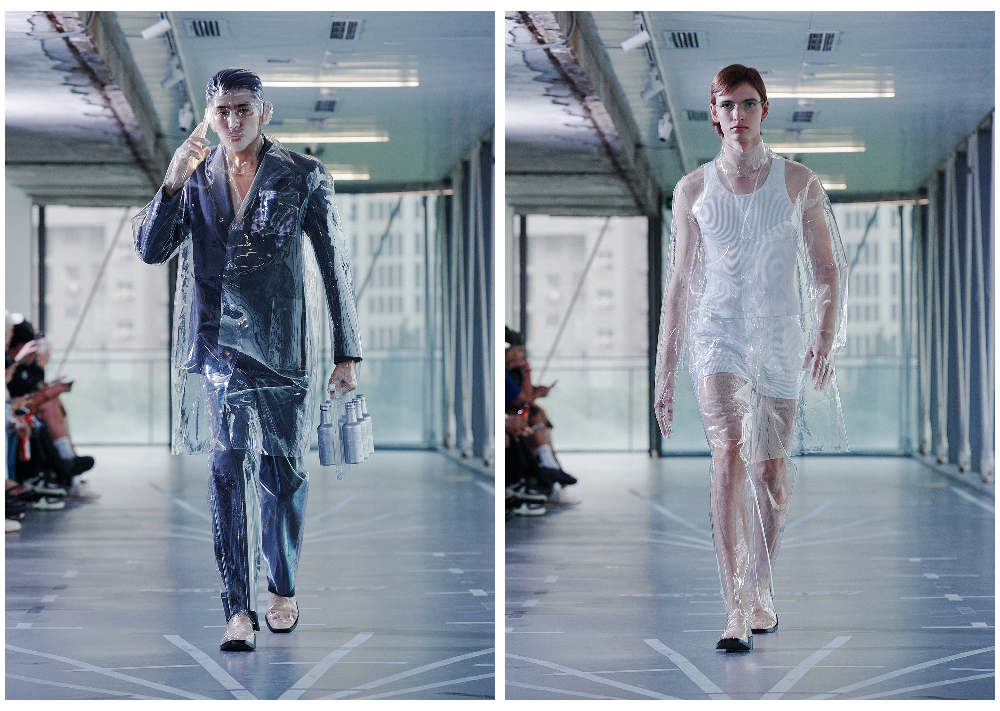
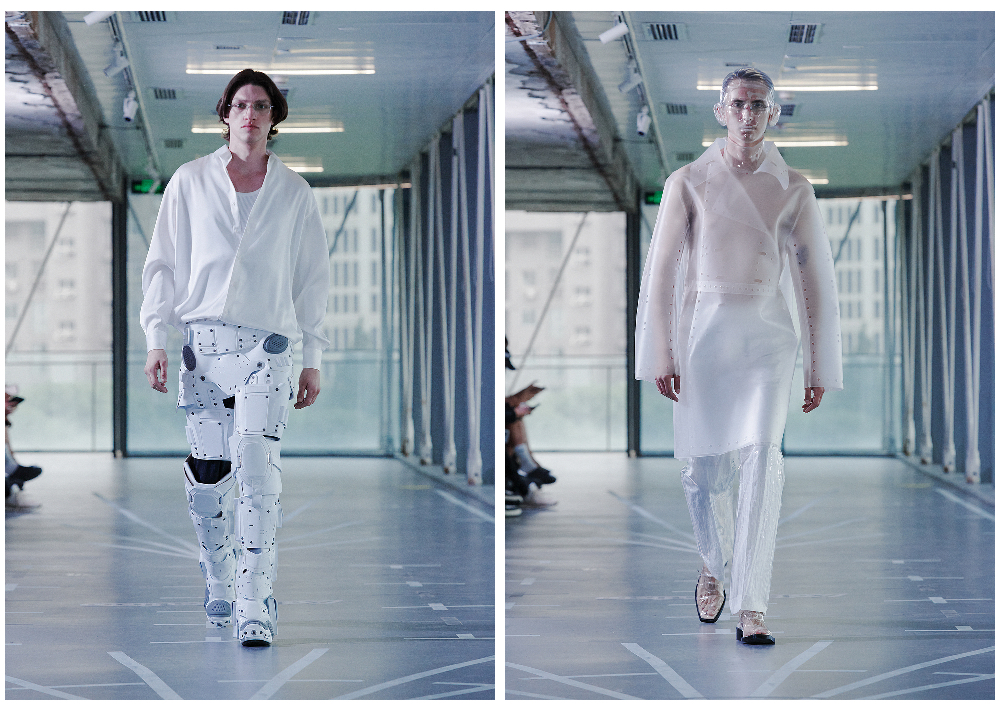
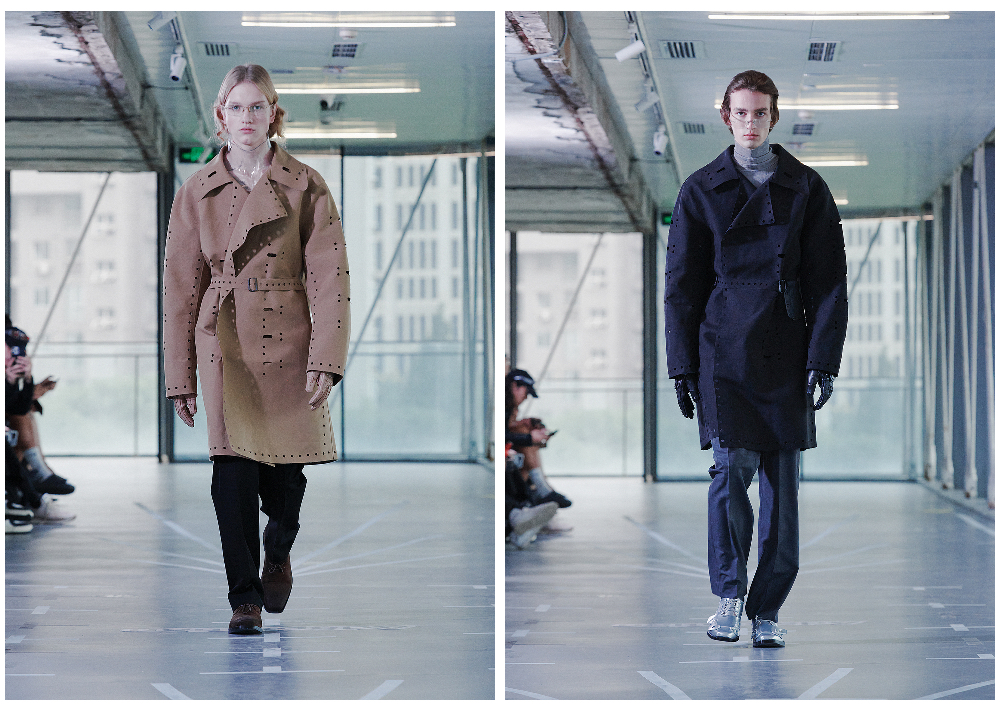
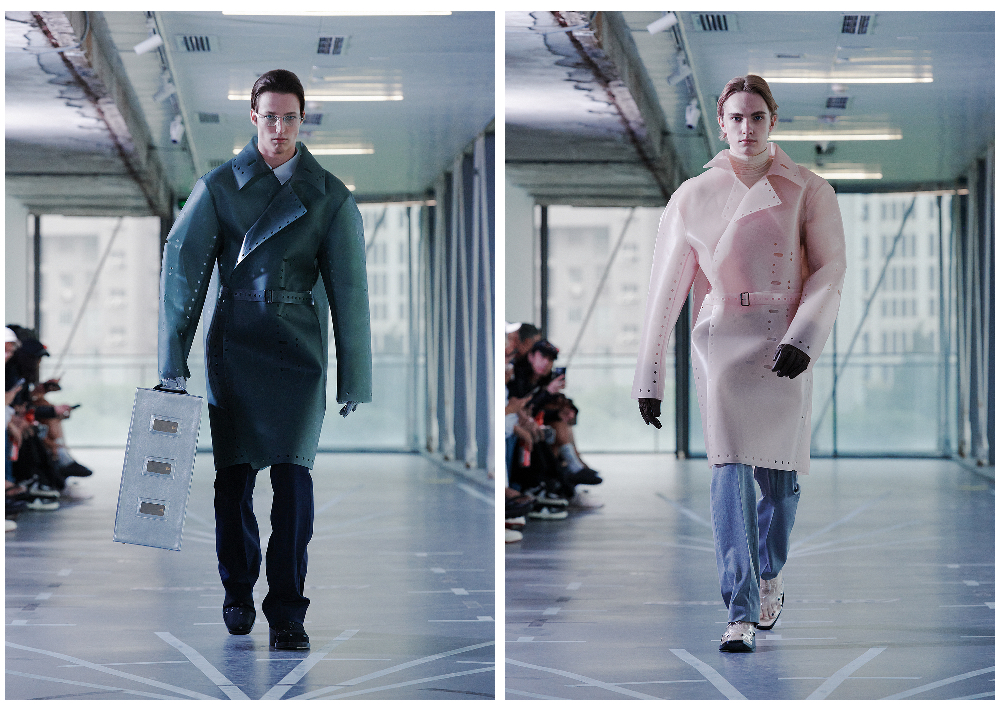
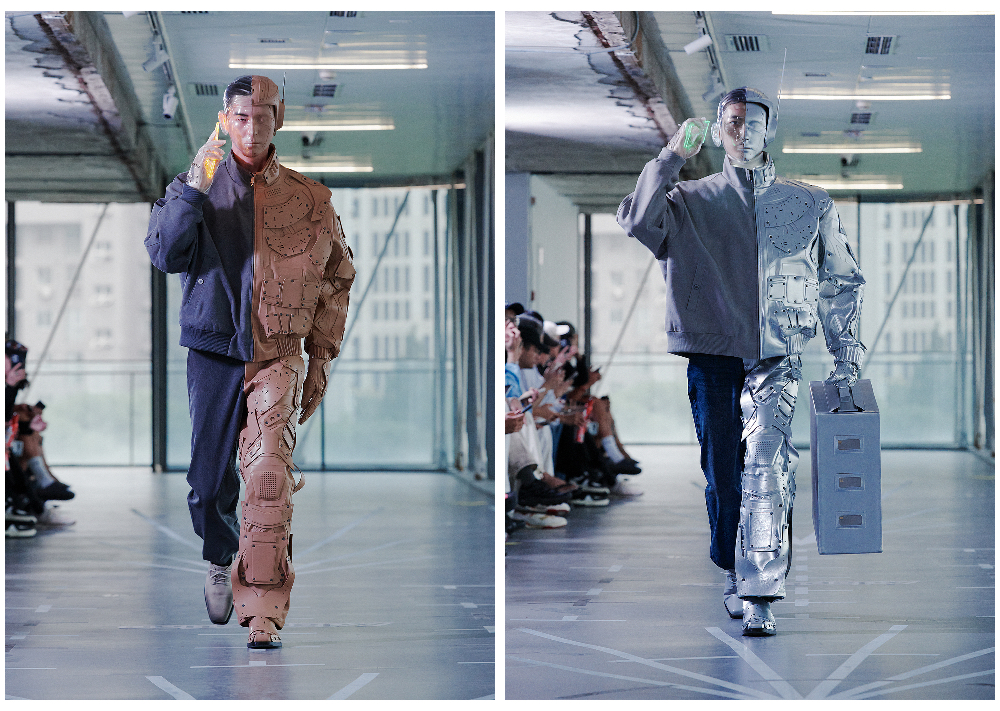
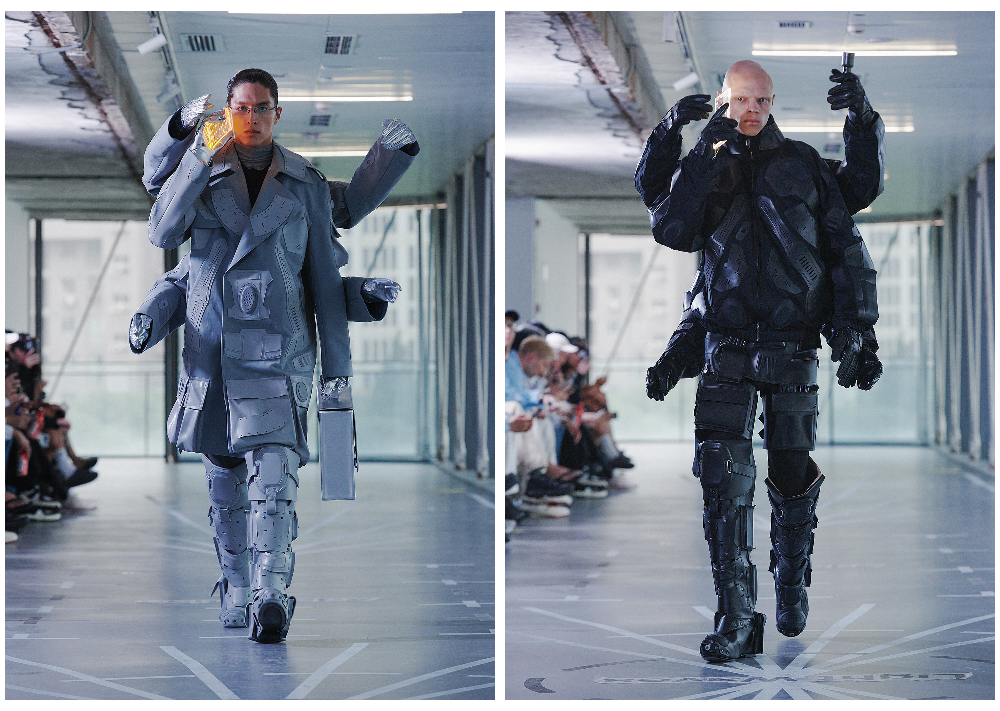
Photo: Press XANDER ZHOU SS24 & PRO
More on: @xanderzhou
By Senior Fashion Editor 24FashionTV: Christina V Henningstad @christina_henningstad
